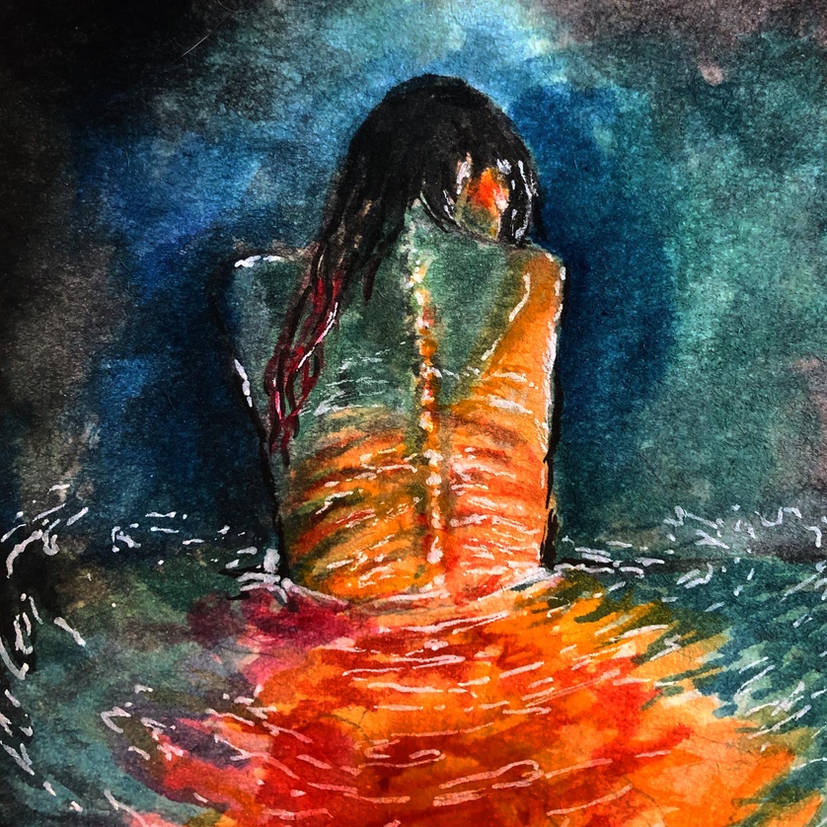
The lockdown periods were also associated with the onset of eating disorders in many youths. One aspect contributing to the notion that eating disorders (mainly anorexia and bulimia, avoidant behavior, and compulsive eating) constitute a hidden burden is inherent to the disorders themselves, like other mental disorders and obesity, eating disorders are associated with considerable stigma and self-stigmatization, typically as trivial and self-inflicted disorders. This stigma may hinder help-seeking behavior and contribute to a lower visibility and general lack of awareness of these disorders in society.
Results have shown that the global incidence of eating disorders increased during the COVID-19 pandemic by 15.3% in 2020 compared to previous years. The relative risk of eating disorders increased steadily from March 2020 onwards, exceeding 15 % by the end of the year. The increase occurred only in women and girls and was observed mainly in adolescents and for anorexia nervosa: they are harming themselves, in a vicious cycle hard to break.
Here are some excerpts from interviews with a girl who started to suffer from anorexia when the pandemic started (Name is fictitious).
INTERVIEW
Rose is slightly nervous to talk about this, but she wants to. She sits next to her mom in their suburban, in Michigan. Her long, brown hair hangs loose over a red athletic jacket.
Rose: Yeah. So, my name is Rose. I am 15 years old. I play volleyball. About six months ago, I was diagnosed with anorexia nervosa.
Immediately, after these few words, she is silenced by the commenter who wants to clarify her situation.
Journalist: This disease has sent her to the emergency room four times. And she has been admitted to three different hospitals. It began in March of 2020 when the lockdown started. Suddenly, a girl who had been this athletic, high-achieving eighth grader just felt lost.
Rose: People are dying. Everyone is getting sick. You can’t see your friends. It was hard because I felt like I had no control over anything except what I ate and how I exercised.
The journalist gives us more details, somehow generalizing the behavior of the anorexic world:
Journalist: So, she was like, I’m just going to eat healthy. I’m going to stay in shape. But as the shutdowns and isolation stretched into summer, fall, and winter,
her focus on food and exercise became more intense. It started to consume her. She would make these elaborate meals. And she’d post pictures to Instagram but then give them to her sister and lie and say she’d already eaten. She would skip time with friends to fit in yet another run. And she wore baggy sweats to cover up the weight loss. By January, Rose just felt drained and exhausted all the time.
Rose: I had, like, basically no emotions. I was just, like, numb. All I wanted to do was, like, lay in my bed. And I finally said I am struggling with food. It was probably the hardest thing I’ve ever said in my entire life because I was so scared.
Journalist: Rose was so sick two months later she needed to be admitted to the hospital. Hospitals across the country have seen a surge of patients like Rose.
Rose: Being able to talk to people going through the same thing helped me realize that I am not alone. And I can – I’m starting to get activity back. I’m – I can hang out with my friends and live how I want. And I know it is tough to just, like, reach out. But at the end of the day, it’s so worth it.
The reading of the whole interview is moving because almost the entire room’s attention was given to Rose. However, too many interruptions by the journalist are bringing bias to the narrative inquiry, which requires pure listening. In this interview, Rose is almost silenced by the journalist, please consider the length of each specific answer, the number of words; there is a didactic-didascalic chronicle of what “recipes” (nicknames for people suffering from anorexia) do or do not do.
Personally, I wish to find other ways to communicate with teenagers and young people. The generation gap feels enormous, and their expectations differ from those of Baby Boomers, Generation X, and Generation Y.
How do we help to get out of this anorexic-cycle of self-harm and construct a culture of non-invasive communication?
Exploring narrative medicine with girls battling anorexia, Dr. Merav Shohet, in Boston, is a Cultural Anthropologist specializing in Psychological, Medical, and Linguistic Anthropology. She has been working in different contexts, such as the elderly and other marginalized social situations. She is a proponent of active listening and empathizes with those suffering from anorexia. Exploring the narrative processes through which girls treated for anorexia reformulate their experiences
of illness and recovery, the narratives are categorized into two distinct genres: “Full recovery” and “Struggling Recovery”.
The analysis suggests that full recovery may involve a temporal disjunction between past and present selves and constructing a coherent empowerment narrative with clear beginnings, turning points, and happy, institutionally condoned endings.
Alternatively, the habitual narrative of equivocal narratives struggling to recover, in which protagonists question received wisdom, reflect on past and hypothetical life paths, and imagine starvation as both “good” and “bad,” potentially perpetuating a cyclical life course in which anorexia repeats itself and permanent recovery eludes the narrators.
Illuminating why complete recovery may remain ephemeral and, perhaps, undesirable for some women, this article contributes to scholarship on storytelling’s possible role (and limitations) as a therapeutic means and resource for coping with illness.
